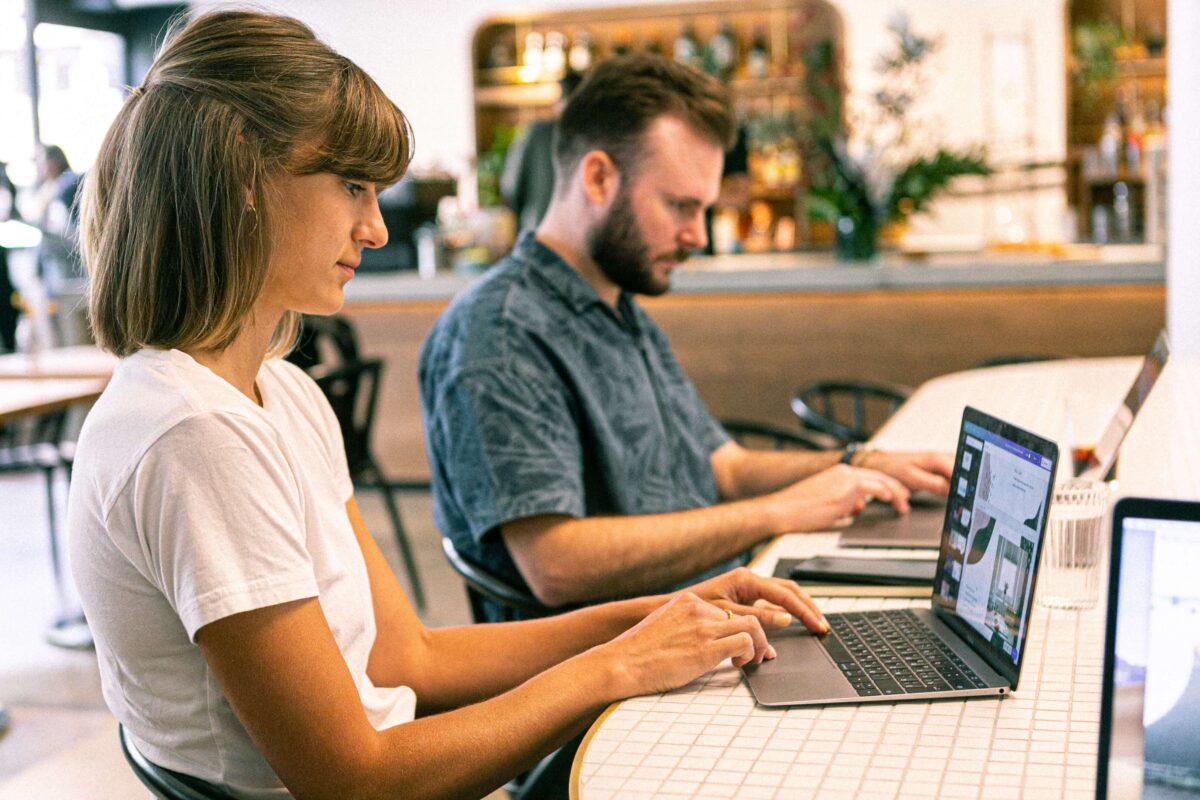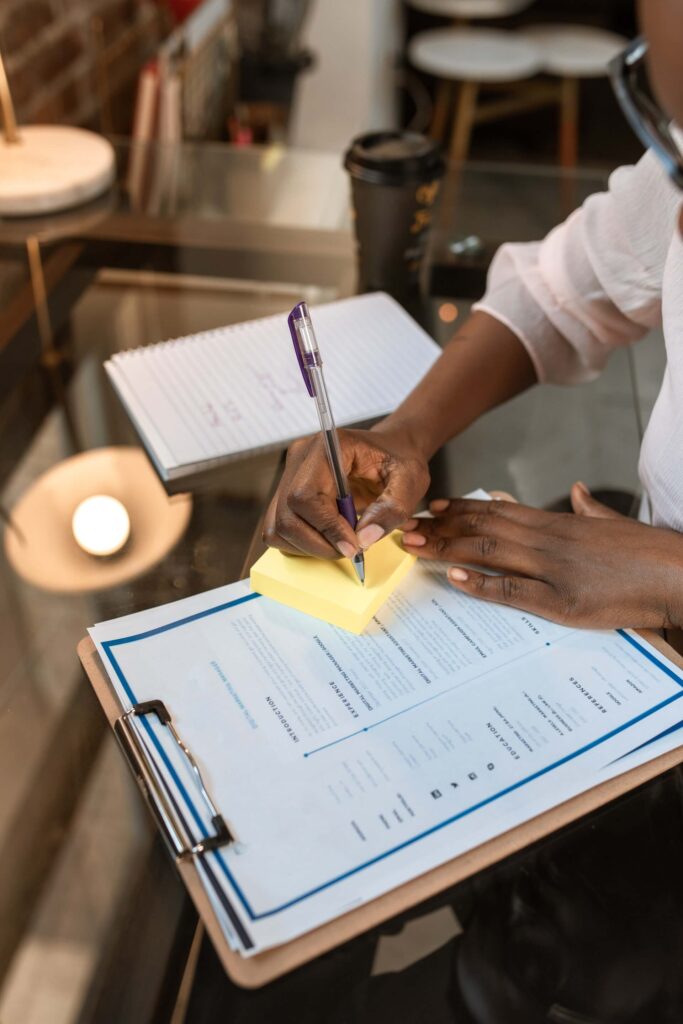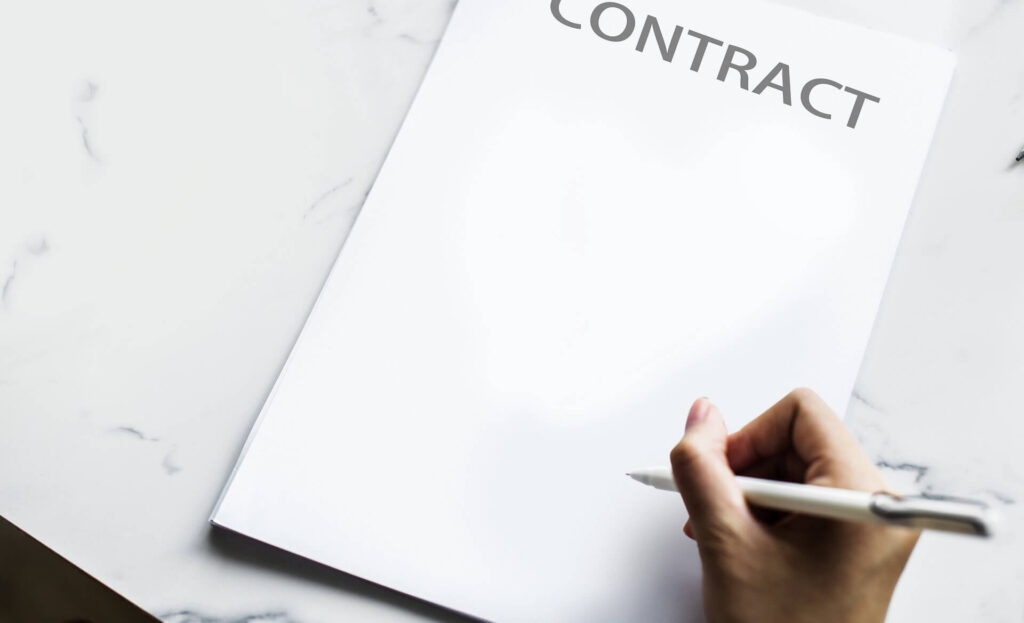The Journey to My First Client – How to Get Freelance Leads and Clients

Read about the journey to my first client, which can help you find your very own, too. There are a lot of tips that you can check out below. But first, know that starting out freelancing is a journey. You don’t start one day and voila! you already get your first client. It doesn’t work that way. There is actually a lot of preparation involved and you need to learn where to actually find clients. It’s a good thing that will be discussed too.
The freelancing community is experiencing a major shift these past few years. More companies prefer freelancers as opposed to staffing firms for various reasons, such as getting projects done faster and accessing different skills. With the demand for freelancers increasing, more and more people are making the switch. However, not all are equipped to find clients, which is a very important task for freelancers. Read on about how I got my first client.
Getting My First Client
When you start out your freelancing journey, you’ll be experiencing a lot of firsts. There’s of course, “my first client” and “my first project” but you also have to be aware of experiencing things that aren’t as pleasant, like “my first rejection”. Just know that this journey is all about learning, so whether you experience positive or negative responses, these all can help you grow.
Don’t be discouraged, and see how I got my first client in 3 major steps.
A. Preparation

You might be surprised but getting my first client is not about putting myself out there and doing the search. No, you have to be prepared for your journey. You have to arm yourself with important documents so that when potential clients come along, you don’t fumble.
1. Have all requirements ready
When it comes to requirements, these are pretty much everything a client (or freelance platform) may request from you. Of course, you have to have your resume or CV. Some may require ID to check if you are a real person (to avoid scams and all). Do take the time to verify yourself so that clients will have an easier time trusting you with a project.
2. Create profiles
Now, this may seem tedious to some but you have to make profiles. This includes all of the freelance platforms that you will join as well as setting up professional accounts on social media. Of course, you will need to make these profiles to be able to access freelance markets.
Make sure your profile clearly shows what you can do or offer to clients. This isn’t simply a Facebook profile or a LinkedIn profile. You have to sell your skills and abilities here.
3. Prep portfolio
If you are literally new in the working industry, then chances are you have zero experience. Not to worry as freelancing gives you a chance to show what you can do even with no work experience—a portfolio. Even if you have prior employment, you will still need to prep this. Most clients will request to see your previous works to give an idea of what you can do.
4. Get organized
As a freelancer, you have to be forward-thinking. You may have zero clients right now, but you have to prepare for getting quite a load in the future. Don’t start organizing only when you are crowded with projects already. Create organization habits as early as now.
A good tip is to use a freelancer tool or software, such as Kosmo. This software allows you to sort out important documents too like proposals, invoices, and contracts. Utilize this tool early on your journey so you won’t have any trouble using it when you finally get your first client.
B. Daily Grind

Since I didn’t have a client yet when I was just starting out, my time was flexible. But, I was able to get my first client by doing the work. What work is this exactly? I call it the daily grind and it usually consists of the following tasks:
1. Check listings every day
Once I have an account with a freelance market platform, I took the time to check their job postings every single day. Because there are fresh tasks and new clients on a daily basis. I didn’t want to miss any opportunity so I did this task pretty much every day.
2. Plan Applications
Of course, all of the daily checkings would have been all for nothing if I didn’t make applications. This is something I do almost every day too. Whenever I find an interesting job or a project that suits me, I apply. But not all at once. I plan this properly as I don’t want to end up receiving 10 job opportunities in one day. I spread these applications out, prioritizing the ones that I like the most (or have an immediate deadline).
3. Reply to emails
When you make applications on a daily basis or really put yourself out there on freelance market platforms, expect to receive emails. You have to reply to these messages, even if it is for a job that you may not be interested in. It’s important to remain professional and you might be surprised some “rejections” can get freelance leads.
4. Interviews
Some clients will request interviews. And these can be very draining, so make sure to plan these accordingly. Try to take only 1 test or interview per day and don’t do it one day after another, either.
C. Sealing the Deal

After doing several weeks of my daily grind, I finally found my first client. However, it’s not a done deal just yet. Remember that you have to protect yourself as a freelancer. And at the same time, you can give confidence to your prospective clients by taking the following steps too:
1. Contract
A contract is a must for every freelancer, especially if you are in it for the long haul. If you need help, Kosmo actually has a helpful contract template you can use. Make sure to sign this and your client needs to do the same.
2. One-on-one
It’s better to have some form of communication with your first client. It doesn’t have to be a meeting in person or even a video call. Some prefer to message through Slack or even just send emails. This one-on-one can help you collaborate with your client or get a better feel for how to work for them or each other.
3. Agreements
Finally, there are some things that may not have been tackled during the one-on-one or on the contract. This can be as simple as knowing your client’s preference when it comes to messaging. Just make sure that you and your client are in agreement or are on the same page so you can finally get to work.
Where to Find Clients as a Freelancer
Now that you know how to get “my first client” it’s time to get some tips on where you can actually find them. Know that it can be different for a freelancer vs someone who has a design agency on how to get graphic design clients.
• Try Networking
It’s time to tap into your network of people. You might be surprised that your very first client might be someone you personally know or a friend of a friend, maybe even a relative. The point here is to try every opportunity available. Go to events and parties, and try to socialize. Check with your family and friends if someone needs work done, and tell them you are a freelancer looking for work. Ask former classmates or workmates, you just have to try.
• Sign up on Freelance Market Platforms
Freelancers today are quite lucky as there are now websites that are specifically for freelancing. Sign up with websites like Fiverr or Freelancer.com. You should be able to find plenty of potential clients and projects on these freelance market platforms.
• Check Out Social Media Sites
Who says you can’t find work on social media? There are some freelancers who were able to find their first freelance client by simply replying to an Instagram Story of an influencer. You can also see Facebook or even Tiktok are looking for people to collaborate with. Opportunities are everywhere. And sometimes, it’s not just about knowing where to find these opportunities but also about luck or timing.
• Join Freelancer Groups
Again, the freelancers of today have more resources. There are now online groups you can join so you can get tips on working as a freelancer in your industry. Some pioneer freelancers are more than willing to help connect you to potential clients.
Do join these freelancer groups where you can tap into a community where people can help you find work. Also, these groups can help you become a better freelancer. Some offer training while others have one-on-one sessions to give you pointers. Do what you can to land your very first client.
• Ask Former Potential Clients
Finally, there’s also client outreach. Maybe you have never had a client before but you were definitely close. Maybe you made it to the final interview with a potential client but another freelancer beat you to it. Or maybe, you just weren’t the right fit. It doesn’t matter if you didn’t get accepted. Remember not to burn bridges as these former potential clients might just be the key to landing your first real client.
A Few More Tips
Here are a few more things that helped me when I was finding my first client as a freelancer:
- Being professional yet friendly can go a long way
Sometimes, your skills just aren’t a good fit with a project but that potential client might like your work ethic or your attitude. Some clients actually prefer someone who is easy to work with and trainable as opposed to a temperamental genius. So be friendly but always remain professional.
- Be open to opportunities
When I was looking for my first client, I first started applying for jobs that I am only familiar with. But pretty soon, I went out of my comfort zone and did interviews and tried tests that were new to me (still within my industry of course). I was only used to making blogs and long-form articles but I decided to try out writing social media captions. It has helped me grow as a writer and also opened an exciting path for me as a freelancer.
- Be patient
Yes, finding my first client was very frustrating. It took several weeks before I finally found my first client. And guess what? That client wasn’t a long-term one, it was just a one-month project. So, I had to do my daily grind all over again. Landing your first client is not a guarantee for the success of your freelancing journey. However, thanks to that first client, I was able to add that project to my resume. Which led me to another client who liked that project. It was a domino effect.
- Learn from the journey
Finally, don’t let the goal of finding a client be the end-all and be-all of your freelancing journey. Make it a point to learn from what you do every day. Each client that you meet, each proposal that you make, and each job listing that you apply for. Try to learn something from all of these and all that you experience during your freelancing journey. It may help you with your success in the end.
Conclusion
Getting my first client was definitely a roller coaster of emotions. It was exciting and nerve-wracking, disappointing, and frustrating, but also fulfilling. Make sure to do the work and don’t give up, pretty soon you’ll land your own first client.
Get Organized & Win More Clients
Kosmo has everything you need to run your freelancing business.